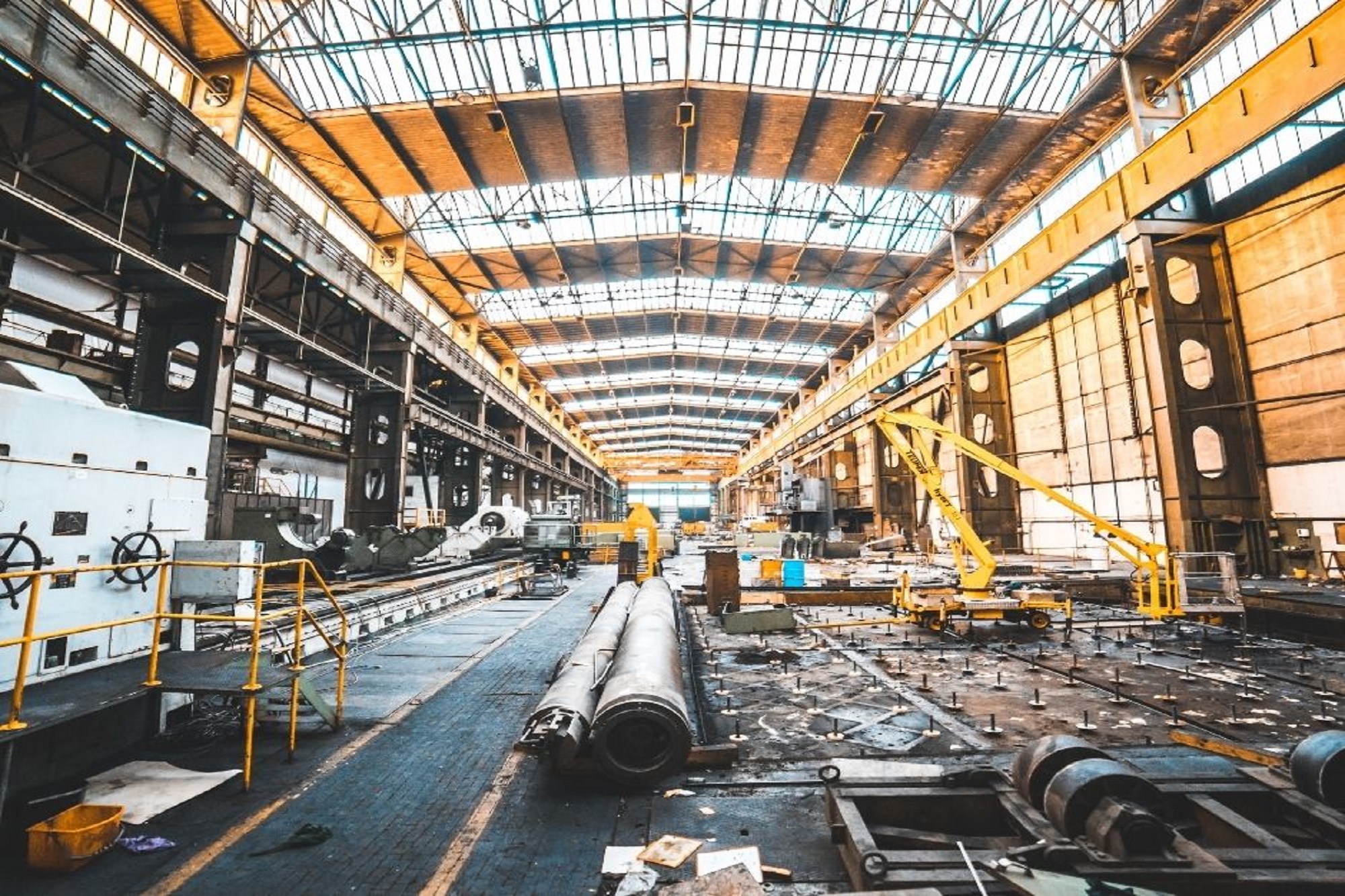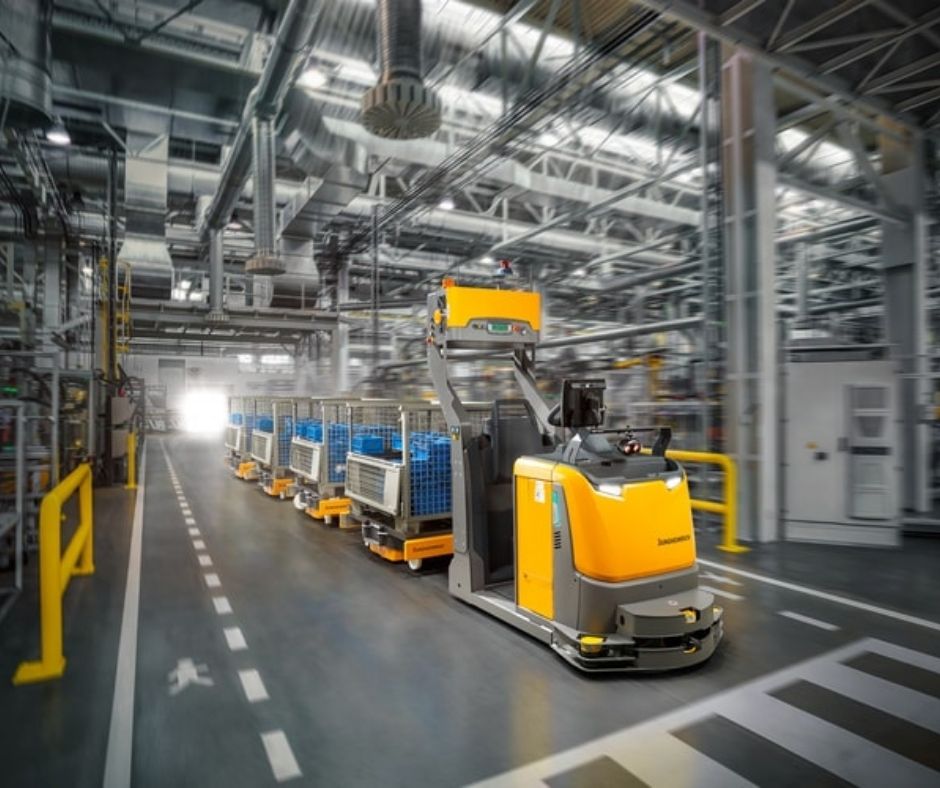
Automation of production processes
Today, companies operate in a dynamically changing environment. This causes a number of changes that translate into the need to implement innovative solutions in production.
Any change requires proper preparation and implementation to make it as smooth as possible and without resistance from employees. To optimize the production process, more and more companies are using automation solutions that are tailored to the specifics of the industry and its capabilities.
Table of Contents
1. What is manufacturing automation?
Automation of production processes involves utilizing the potential inherent in machine operation for manufacturing processes tailored to a given enterprise. Its main goal is to streamline and optimize production. Implementing robotization into the manufacturing process replaces simple human labor activities and increases productivity. Robots are used in a wide variety of industrial sectors. Modern technological capabilities make it possible to adapt to changes occurring in the company’s environment, as well as the needs of each production line taking into account a variety of factors.

2. What are the advantages and disadvantages?
Process automation is used not only for simple, monotonous tasks, but is also increasingly used for complex work requiring 100% precision and speed. Without a doubt, the main advantage of automation is precisely the simplification and acceleration of the process, which in the next stage translates into increased efficiency and higher financial returns for the company.
Further advantages of this investment include:
- Eliminating errors – by having robots perform tasks, the human factor is eliminated, which translates into reducing errors or mistakes to almost zero,
- 24/7 operation – robots can be programmed to do their work continuously, making great use of available time,
- Greater precision in the work being performed – programming a workflow and repeating it allows the robot to do the work exactly as programmed,
- Ability to work in harsh conditions – by handing over some work to robots, they can perform work in conditions that threaten human life.
However, before deciding to invest money in development, one must be aware of the drawbacks and risks involved.
- Costs associated with investment and implementation – in order to adequately prepare for change, you need to know your financial capabilities and spread your investments accordingly
- Employee training – this is the next step in the implementation of the change, employees need training to learn the ins and outs of the current work and operation of machines, as they need to be supervised
3. Summary
Automation of production processes is an issue that most companies today should think about – weighing all the pros and cons. However, it is necessary to keep in mind the proper process for managing the change so that it is indeed effective and does not cause concern among employees.

